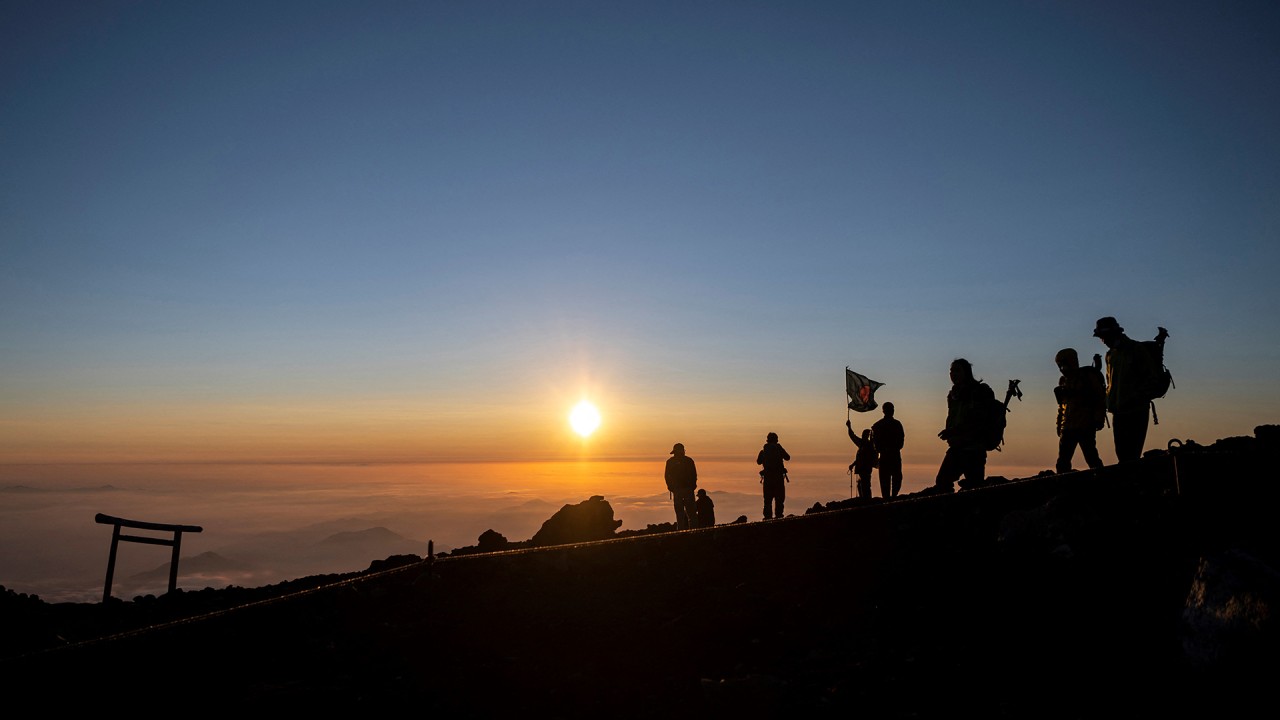
Mount Fuji: 6 of the best sights on a 2-day self-drive road trip - from waterfalls, forests and caves to shrines to the cherry blossom princess
- One of Japan’s most recognisable landmarks, Mount Fuji is considered sacred, and is dotted with shrines to the cherry blossom princess, goddess of volcanoes
- See some of these, and its natural wonders – waterfalls, lava caves and meltwater pools – on a two-day drive around the Unesco World Heritage site
The asphalt dips and twists through pine forest so thick and tall that only a ribbon of pale blue can be seen far above us. Narrow and with markings that have faded, this is a road that is less travelled.
With little warning, the road curves to the right, the trees end abruptly and we are confronted with the majestic outline of Japan’s most famous mountain. Up close, the scale of it takes one’s breath away.
Mount Fuji is as quintessentially Japanese as cherry blossom, manga and geisha, and some 25 sites of sacred, artistic or cultural importance are cited in the mountain’s 2013 listing as a Unesco World Heritage site.
They include pilgrims’ routes on the highest elevations of the mountain and places of worship within craters on the peak, traditional lodging houses and a number of Sengen-jinja shrines.
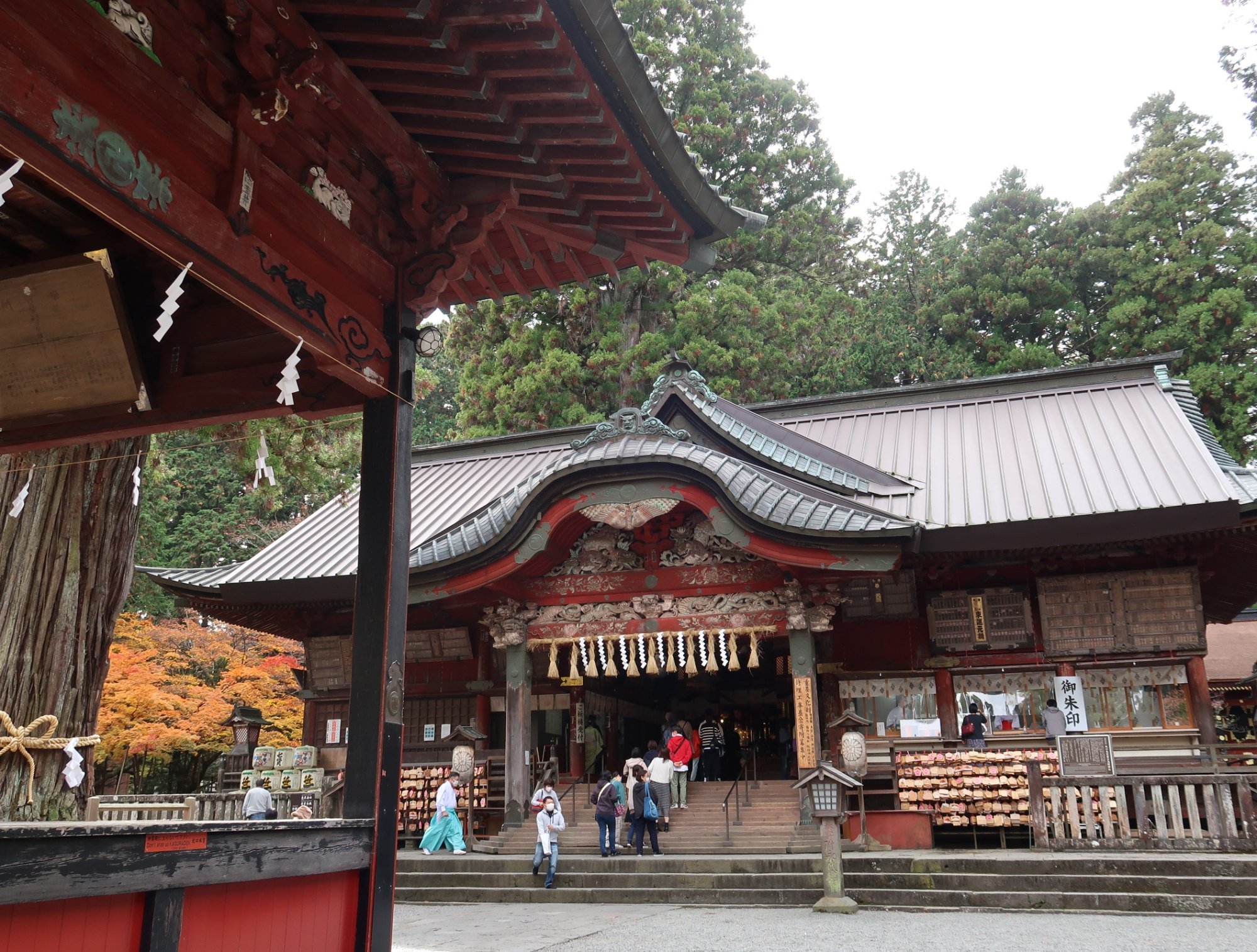
The Unesco listing also includes the natural features that can be explored by the adventurous.
Anyone considering an alternative to the bright lights of Tokyo could do worse than hiring a car for a two-day circumnavigation of a mountain that was once considered a living god. Below are some of its many highlights.
Day One
1. Shiraito Falls
Long before the Shiraito Falls come into view, the constant thunder of meltwater from the slopes of Mount Fuji provides evidence of this natural monument.
The falls form a horseshoe to the southwest of the mountain, with the water cascading around 20 metres (65 feet) into a plunge pool. Miniature rainbows come and go as the wind shifts.
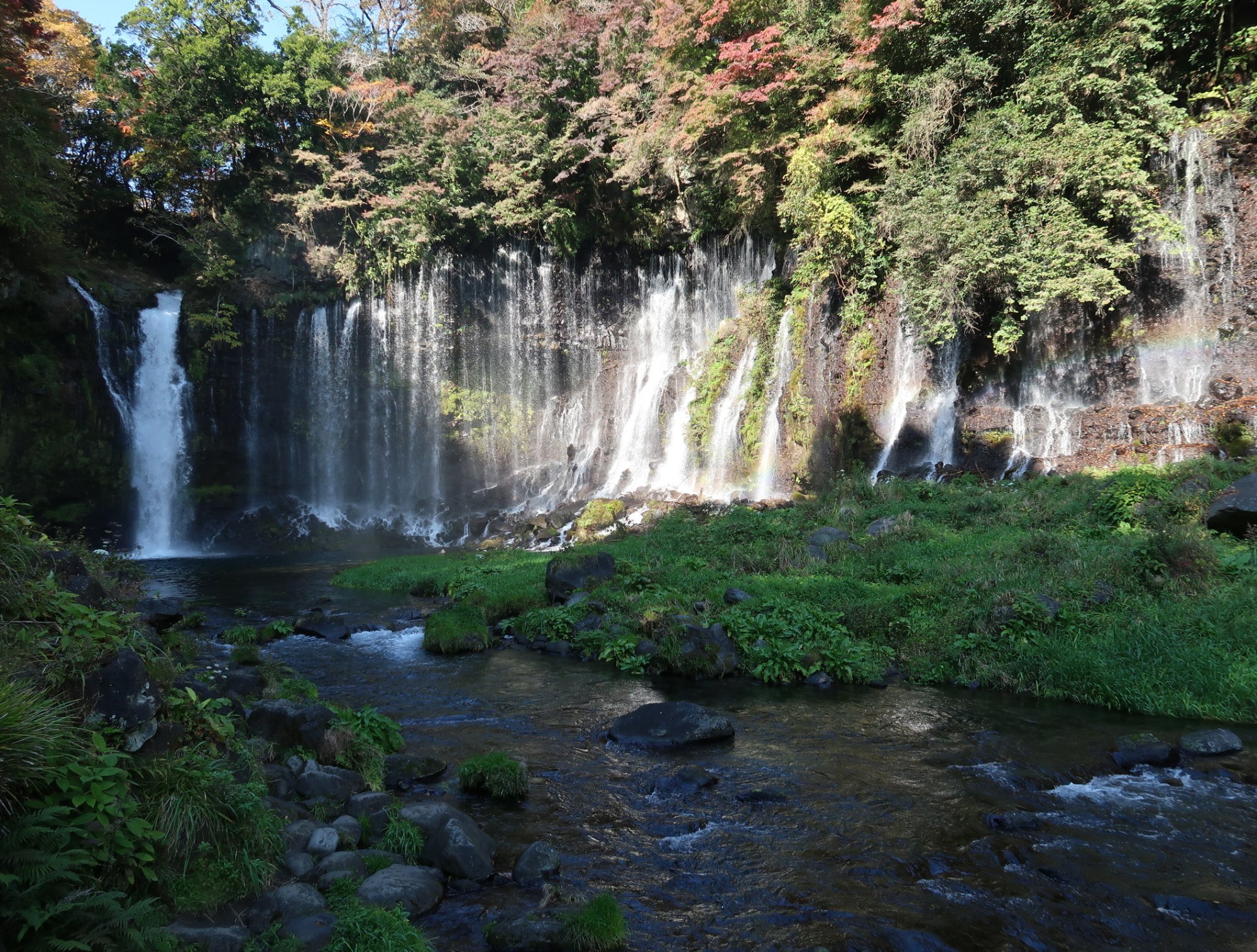
Shiraito translates to “white thread”, and the waterfalls trace lines over a rock face some 150 metres wide. In the spring, when the snow and ice begin to melt, the flow becomes a torrent.
In the 15th century, the Fujiko religious movement, which considered the mountain to be a god, is believed to have held religious ceremonies and ascetic training in front of the waterfall.
Just a short distance away are the similarly spectacular Otodome Falls, which carry the main flow of the Shiba River over a 25-metre precipice before it can continue its journey through a rocky ravine.
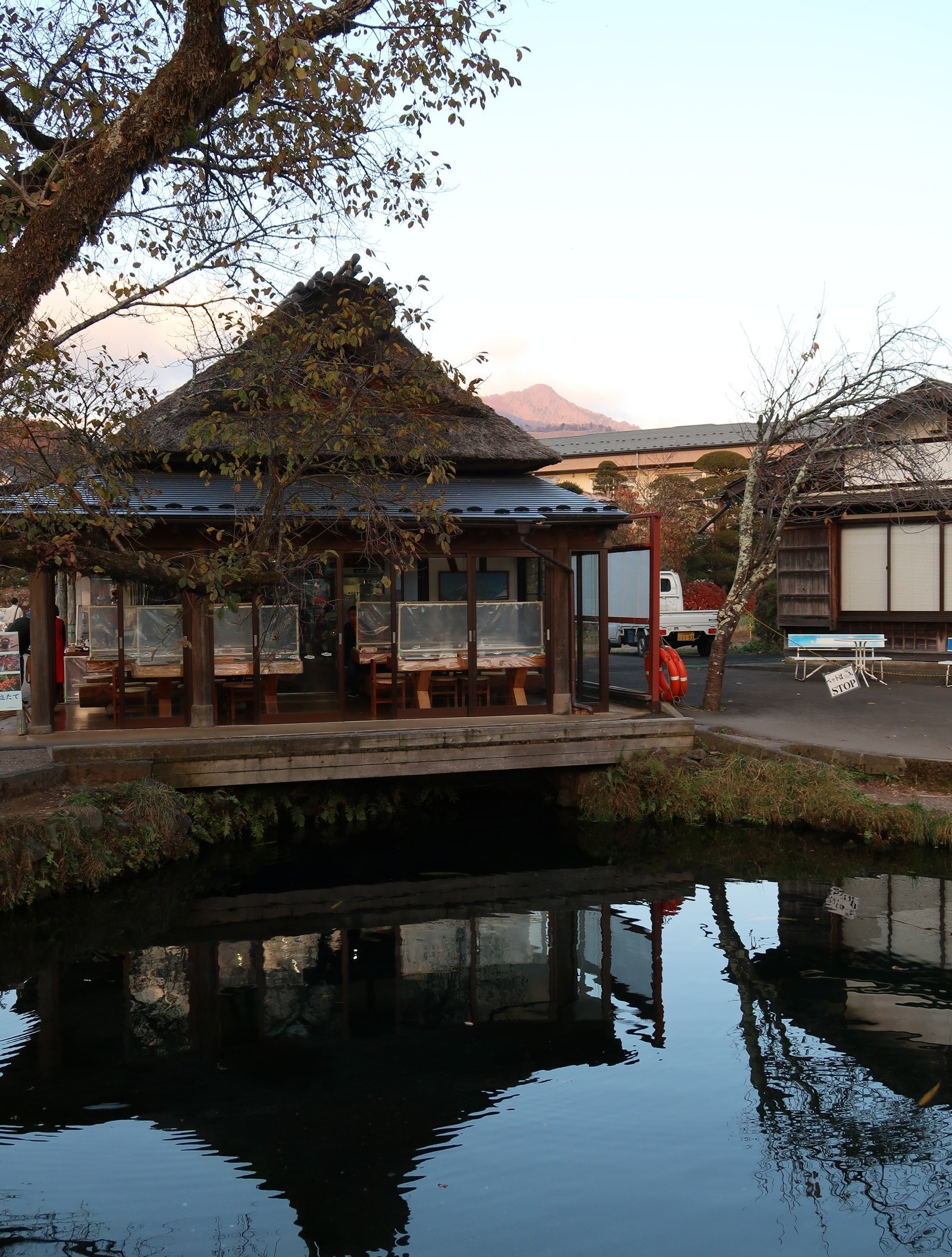
2. Oshino Hakkai
The village of Oshino evolved on the site of a lake that dried up several hundred years ago, yet meltwater from the slopes of Mount Fuji continues to feed the eight pretty ponds that form the heart of the community.
Villagers revere water that has seeped through layers of lava built up by millennia of eruptions for its clarity. Alongside one pond, visitors can drink directly from the source – the water is refreshingly cool, even at the height of summer.
Elsewhere, a waterwheel churns and visitors can feed the carp and other fish that inhabit the pools, which were designated a national natural monument in 1934, thanks to the quality of the water, the local scenery and the pools’ importance to Buddhist worship.
Of all the ponds, perhaps the most spectacular is Kagamiike, which reflects an image of Mount Fuji like a mirror.
Traditional-style buildings with thatched roofs and broad engawa porches surround the pools and from them are sold delicacies such as roasted sweet potato and osenbei rice crackers.
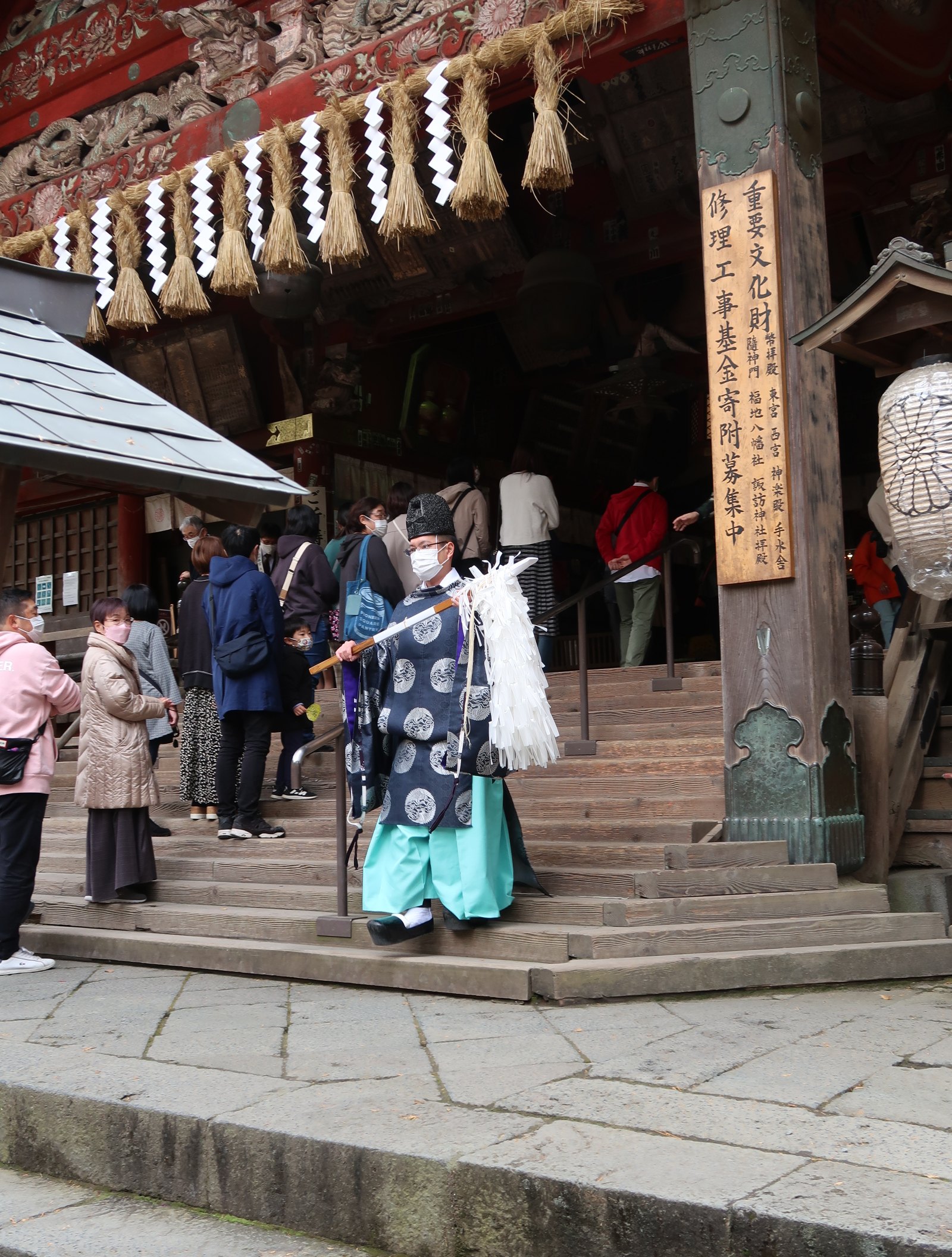
3. Kitaguchi Hongu Fuji Sengen Shrine
This place of worship is one of around 1,300 Asama shrines, which are rooted in animistic worship of volcanoes in general and Mount Fuji in particular. Asama shrines are dedicated to Konohanasakuya-hime, which translates as “cherry blossom princess” and is the goddess of all volcanoes in Japanese mythology.
Kitaguchi Hongu Fuji Sengen Shrine is believed to have been established around AD100. In AD788, Konohanasakuya-hime was enshrined there in an attempt to placate the angry gods of the mountain and to limit the frequent eruptions of the volcano.
The buildings that make up the shrine are set amid nearly 100,000 square metres (24.7 acres) of old-growth woodland, making it one of the largest forest shrines in Japan. The main hall dates from 1615, and the richly decorated interior includes a depiction of Tengu, the long-nosed forest sprite that is a regular character in Japanese folk tales.
In years gone by, the shrine served as the starting point for hikers taking the northern route to the top of Mount Fuji, with pilgrims commencing their ascent with a prayer before passing beneath another wooden torii to the rear of the main hall. Today, a road takes hikers to the Fifth Station, around the halfway point of the Yoshida Trail.
For anyone fortunate enough to find themselves at the shrine in late August, do not miss the Yoshida Fire Festival. Local townspeople build bonfires up to three metres high along a 2km (1.25-mile) stretch of the main street, turning it into a sea of fire.
The festival is to offer thanks for the Konohanasakuya-hima and to express hopes for happiness and peace, as well as to give thanks for the safety of those climbing the mountain.
Where to stay
After a day on the go, kick back with a spot of “glamorous camping” overlooking Japan’s favourite mountain.
Fujino Kirameki Fuji is on a gently sloping site with luxuriously outfitted cabins angled towards Mount Fuji. These range from a cosy 54 square metres (580 sq ft) to a spacious 153 square metres and are outfitted with air conditioning, showers and a deck area that is perfect for a hammock and a glowing brazier, as well as an outdoor jet bath.
When it comes to dinner time, staff deliver an overflowing hamper of gourmet ingredients, including squid and a steak so large that it only just fits on the barbecue grill.
After dinner, lie back with a local craft beer and admire the outline of Mount Fuji against the night sky.

Day Two
1. The Fuji Five Lakes
To the north of the mountain lies the arc of the Fuji Five Lakes, formed by ancient eruptions of the volcano damming natural watercourses. Today, the area is a favourite spot for hiking, camping, boating and cycling.
The largest, Lake Yamanaka, is popular with fishermen. In the summer, it is a magnet for swimmers, windsurfers and water-skiers while a westerly wind also provides lift for paragliders taking off from Mount Myojinyama.
One of the best views of the lake – with a brooding Mount Fuji in the background – is from a car park on the road to Mikuni Pass, which offers views as far as the Southern Alps on a clear day.
In the summer, the surrounding forests are verdant greens; by the autumn, they are assuming their orange and gold foliage; through the winter, much is cloaked in snow and frost.
Lake Kawaguchi is the most frequently visited of the five, with hotels, restaurants and attractions lining its shores. Lakes Motosu, Shoji and Sai were originally a single body of water, which was split into three as the result of two years of eruptions from AD864. It is believed the three lakes are still connected through underground waterways.
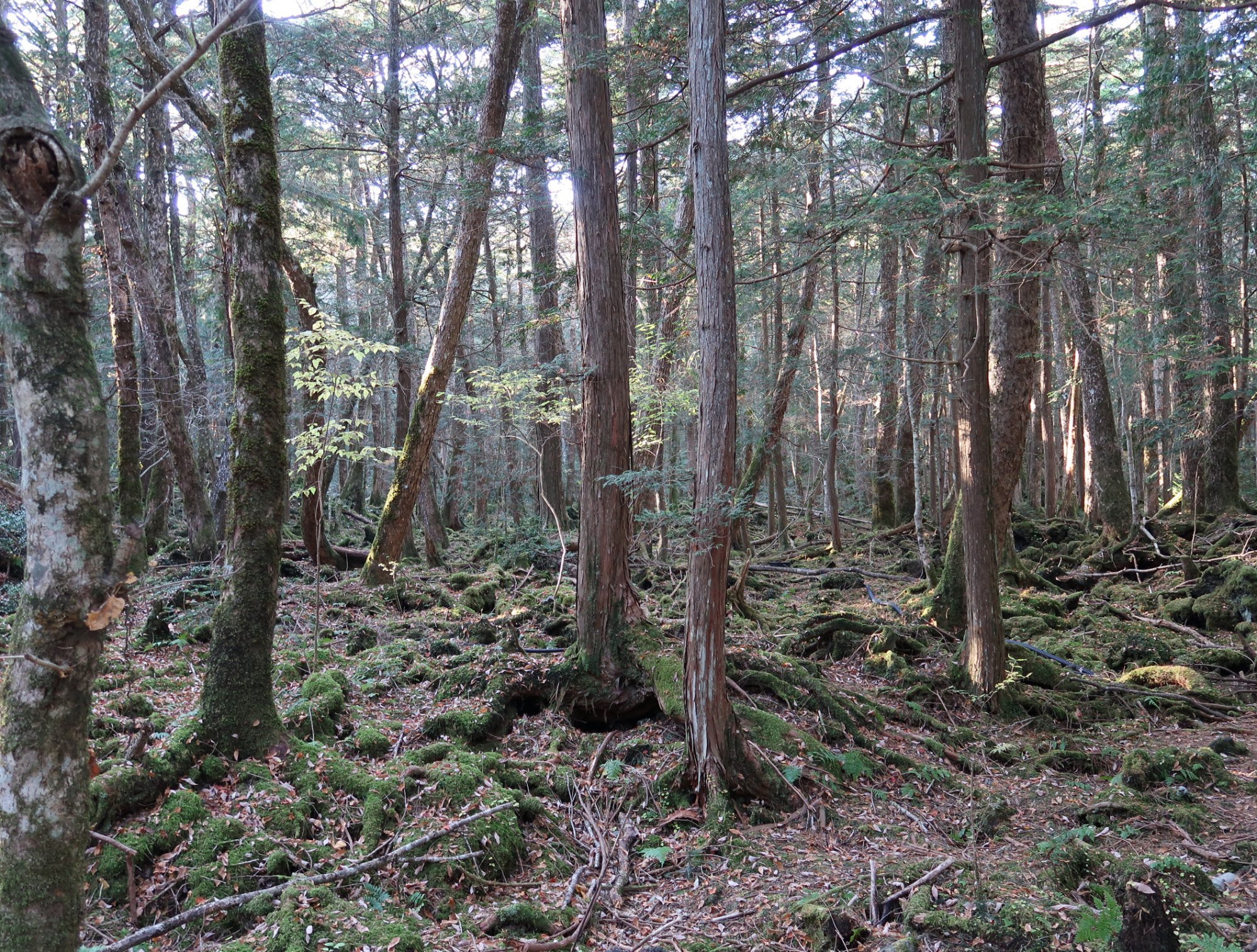
2. Aokigahara, or The Sea of Trees
Dense, beautiful and forbidding all at the same time, Aokigahara sprawls for more than 20 sq km (7.7 square miles) across the northern slopes of Mount Fuji, its trees twisted by the elements and their roots entangled with the jagged rock outcroppings that are a legacy of countless eruptions and lava flows.
Stick to the trails as the trees block out much of the light, the ground is uneven and difficult to navigate and there are no landmarks for anyone who does become confused about their direction. The dense foliage and the porous volcanic rock also combine to absorb sound, making the forest seem eerily quiet.
Aokigahara’s mournful qualities have earned it the nickname Suicide Forest, for self-explanatory reasons.
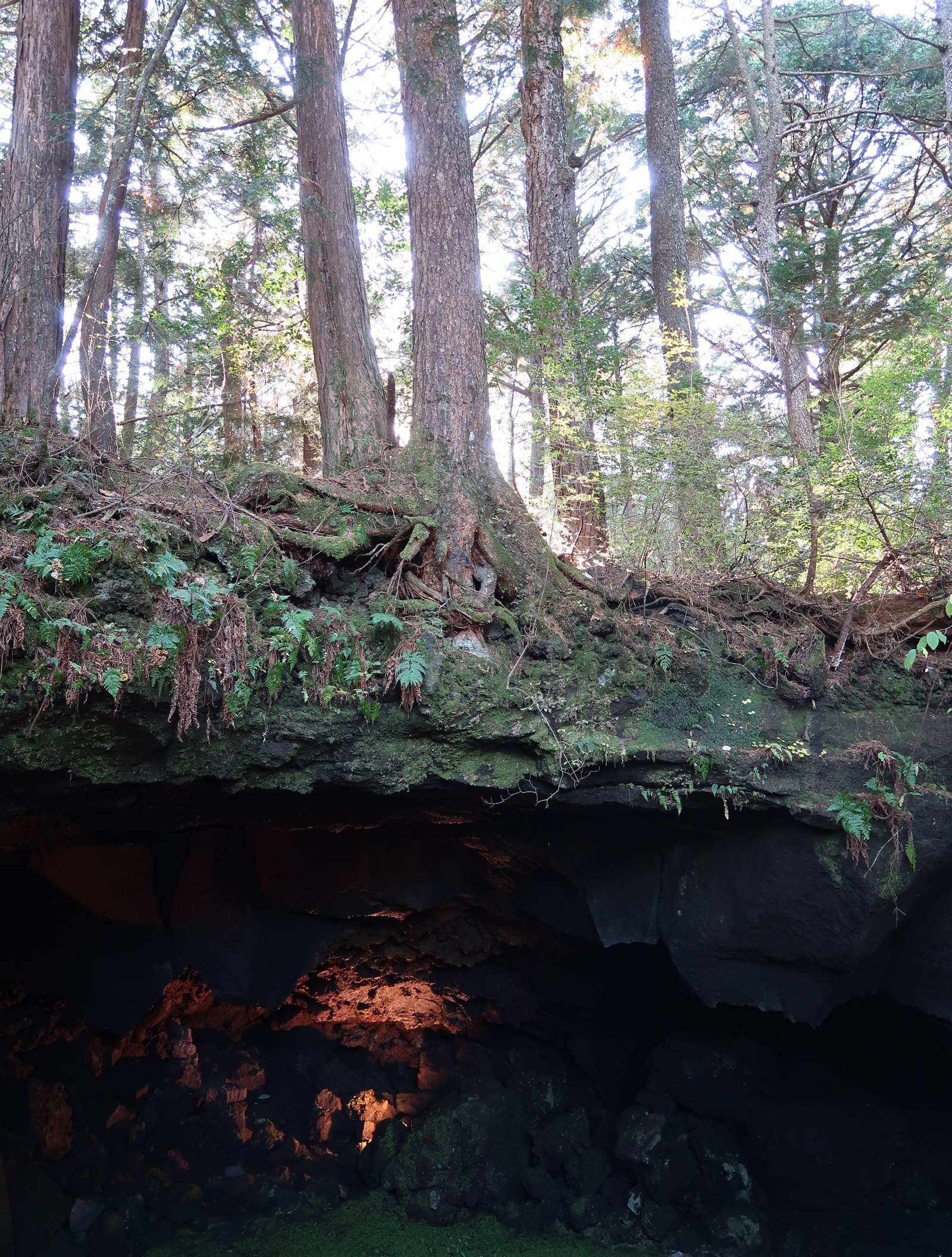
3. Lava caves
Beneath the flanks of the mountain are caves and tunnels carved by lava streams from centuries of volcanic eruptions.
Beneath Aokigahara, the Narusawa Hyoketsu Ice Cave is a tube that was created by a flow of lava after a major eruption in AD864 and designated as a natural monument in 1929. Today, it sustains an average temperature of around 3 degrees Celsius (37.4 degrees Fahrenheit) year round.
Visitors descend a metal stairway in a natural sinkhole in the floor of the forest before a steeper set of stairs enters the lava tunnel. Because it’s only 91cm (3ft) high in places, visitors must be careful not to hit their head as they negotiate the tube, which can also be slippery because of the water seeping through the ceiling.
Less than 1km away is the Fuji Fugaku Wind Cave, which is easier to negotiate as it is wider and higher.
The cave was used in the past to make ice during the summer, with cubes given to local lords as tributes during the Edo period (1603-1868). It was also used to store the eggs of silkworms, with the racks for boxes of the insects’ eggs still in place.
Curiously, the 201-metre cave produces virtually no echoes, a result of basaltic walls that absorb sound instead of reflecting it.
Designated as a natural monument in 1929, local legend claimed that the cave was once home to a dragon god.

Where to stay
What better way to conclude a circumnavigation of Mount Fuji than with a stay in its newest luxury hotel?
The Fuji Speedway Hotel, the first Unbound Collection property in Japan by Hyatt, opened last October with the peak on the skyline directly to the west and the iconic motor racing track from which it takes its name on its very doorstep.
The connection with the track is evident throughout the hotel, with auto racing design elements incorporated throughout its 120 rooms, restaurants and lounge – as well as Bar 4563, named after the length in metres of the speedway and with a striking communal table in the shape of a Formula One car as its centrepiece.
To work out any driver’s kinks, step into the Omika Wellness & Spa or try the onsen, or hot spring – with, inevitably, stunning views of Mount Fuji.
The writer was hosted for free by Fujino Kirameki Fuji and Fuji Speedway Hotel.


